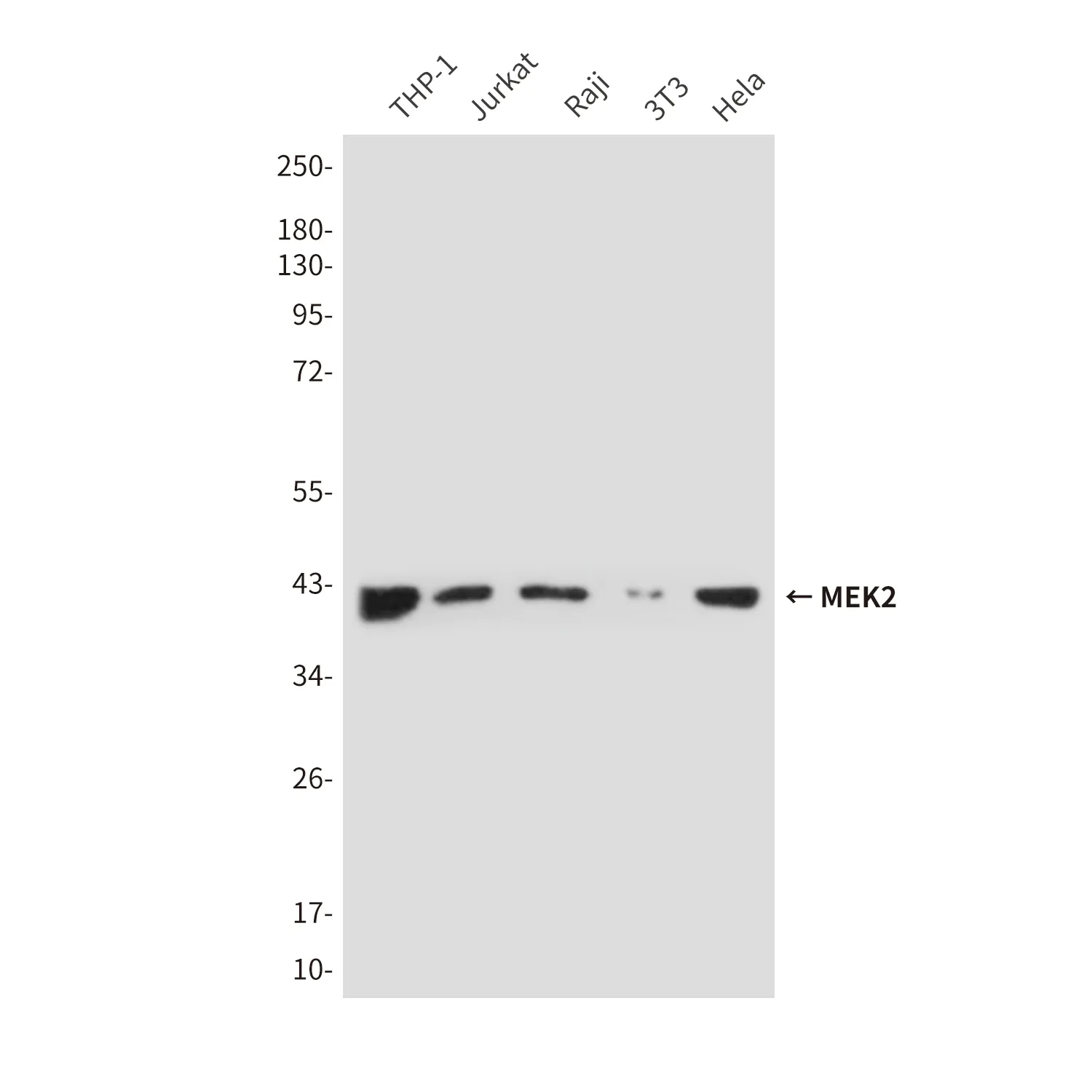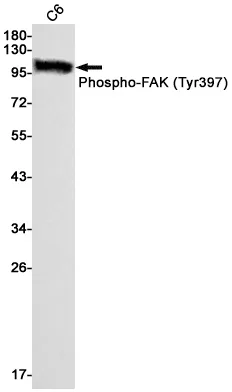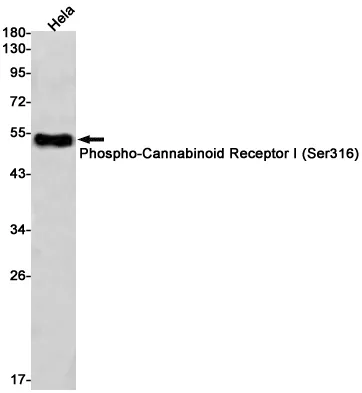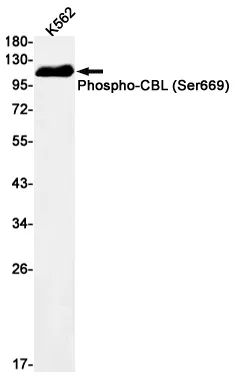Summary
Performance
Immunogen
Application
Background
ISL1 (ISL1 transcription factor, LIM/homeodomain) is a member of the LIM/homeodomain family of transcription factors. It binds to the enhancer region of the insulin gene, among others, and may play an important role in regulating insulin gene expression. It is central to the development of pancreatic cell lineages and may also be required for motor neuron generation. Islet-1 expression defines cardiac progenitor cell populations and is required for normal cardiac development and asymmetry. DNA-binding transcriptional activator. Recognizes and binds to the consensus octamer binding site 5'-ATAATTAA-3' in promoter of target genes. Plays a fundamental role in the gene regulatory network essential for retinal ganglion cell (RGC) differentiation. Cooperates with the transcription factor POU4F2 to achieve maximal levels of expression of RGC target genes and RGC fate specification in the developing retina. Involved in the specification of motor neurons in cooperation with LHX3 and LDB1. Binds to insulin gene enhancer sequences. Essential for heart development. Marker of one progenitor cell population that give rise to the outflow tract, right ventricle, a subset of left ventricular cells, and a large number of atrial cells as well, its function is required for these progenitors to contribute to the heart. Controls the expression of FGF and BMP growth factors in this cell population and is required for proliferation and survival of cells within pharyngeal foregut endoderm and adjacent splanchnic mesoderm as well as for migration of cardiac progenitors into the heart (By similarity).
Research Area




